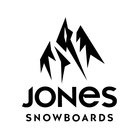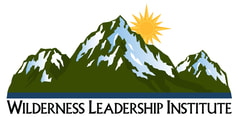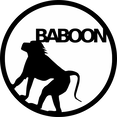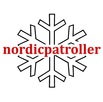Snowpack Summary – Format and Limitations Statement
Starting in 2013 So Cal Snow Avalanche Center (SCSAC) began publishing weekly Snowpack Bulletins or Summaries on our website as snowfall in the area dictated. These summaries are currently issued on Thursday or Friday afternoons. On occasion, we will give storm updates or warnings of rapidly increasing avalanche hazard at more frequent intervals. Our objective is to reach weekend recreationist, informing this user group of prevailing conditions, but particularly warning of avalanche hazards whenever they are present. Many people have asked us why we use the format we do, but do not include a danger rating or a hazard/ stability rose as many other avalanche centers do around the west.
The National Avalanche Center (NAC) advises small operations like SCSAC, who do not issue daily bulletins to not use danger ratings in our snowpack summaries due to the regular but intermittent nature of their field observations and the length of time between issuance of snowpack summaries. A primary concern is for how conditions can change in the time between publications, potentially giving the public misleading information. At this point, we simply do not have resources to monitor the snowpack at the level necessary to accurately produce more frequent bulletins. While we understand the benefits of a danger rating using the North American Danger Scale, we also feel that our format encourages people to dig in a little deeper, and spend some time reading what our forecasters are saying. Also we forecast for a relatively large area in two separate mountain ranges. These areas are governed by two separate weather centers contributing to the challenges of dealing with the variability. Conditions at times can be quite different between these two locations.
We hope the information that we provide in summaries helps give you a good overview of what is going on out there, and what avalanche problems you should be attentive to, but if there is ever uncertainty, then we encourage you to ask questions via Facebook or our Discussion Forum.
Starting in 2013 So Cal Snow Avalanche Center (SCSAC) began publishing weekly Snowpack Bulletins or Summaries on our website as snowfall in the area dictated. These summaries are currently issued on Thursday or Friday afternoons. On occasion, we will give storm updates or warnings of rapidly increasing avalanche hazard at more frequent intervals. Our objective is to reach weekend recreationist, informing this user group of prevailing conditions, but particularly warning of avalanche hazards whenever they are present. Many people have asked us why we use the format we do, but do not include a danger rating or a hazard/ stability rose as many other avalanche centers do around the west.
The National Avalanche Center (NAC) advises small operations like SCSAC, who do not issue daily bulletins to not use danger ratings in our snowpack summaries due to the regular but intermittent nature of their field observations and the length of time between issuance of snowpack summaries. A primary concern is for how conditions can change in the time between publications, potentially giving the public misleading information. At this point, we simply do not have resources to monitor the snowpack at the level necessary to accurately produce more frequent bulletins. While we understand the benefits of a danger rating using the North American Danger Scale, we also feel that our format encourages people to dig in a little deeper, and spend some time reading what our forecasters are saying. Also we forecast for a relatively large area in two separate mountain ranges. These areas are governed by two separate weather centers contributing to the challenges of dealing with the variability. Conditions at times can be quite different between these two locations.
We hope the information that we provide in summaries helps give you a good overview of what is going on out there, and what avalanche problems you should be attentive to, but if there is ever uncertainty, then we encourage you to ask questions via Facebook or our Discussion Forum.



















